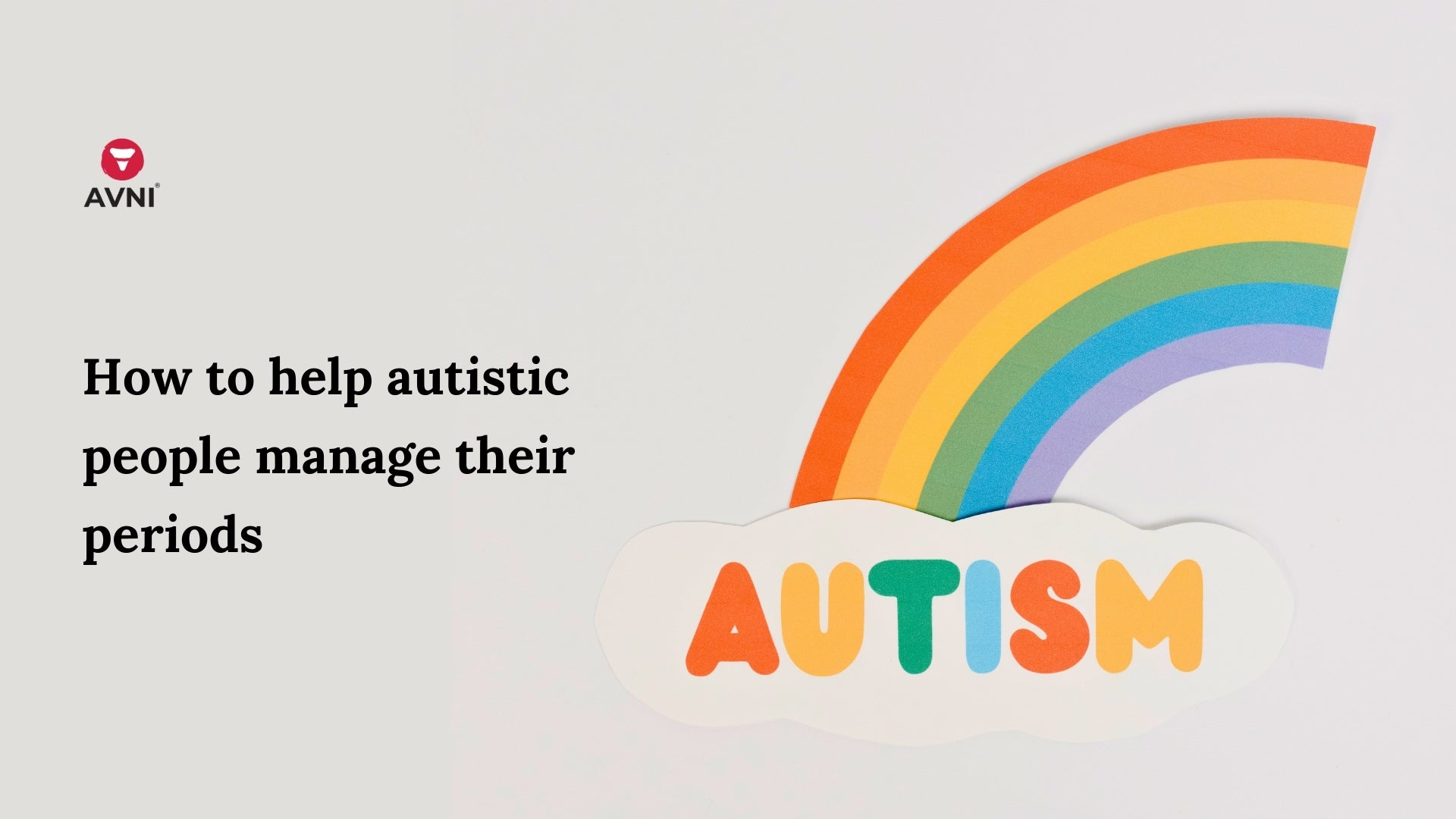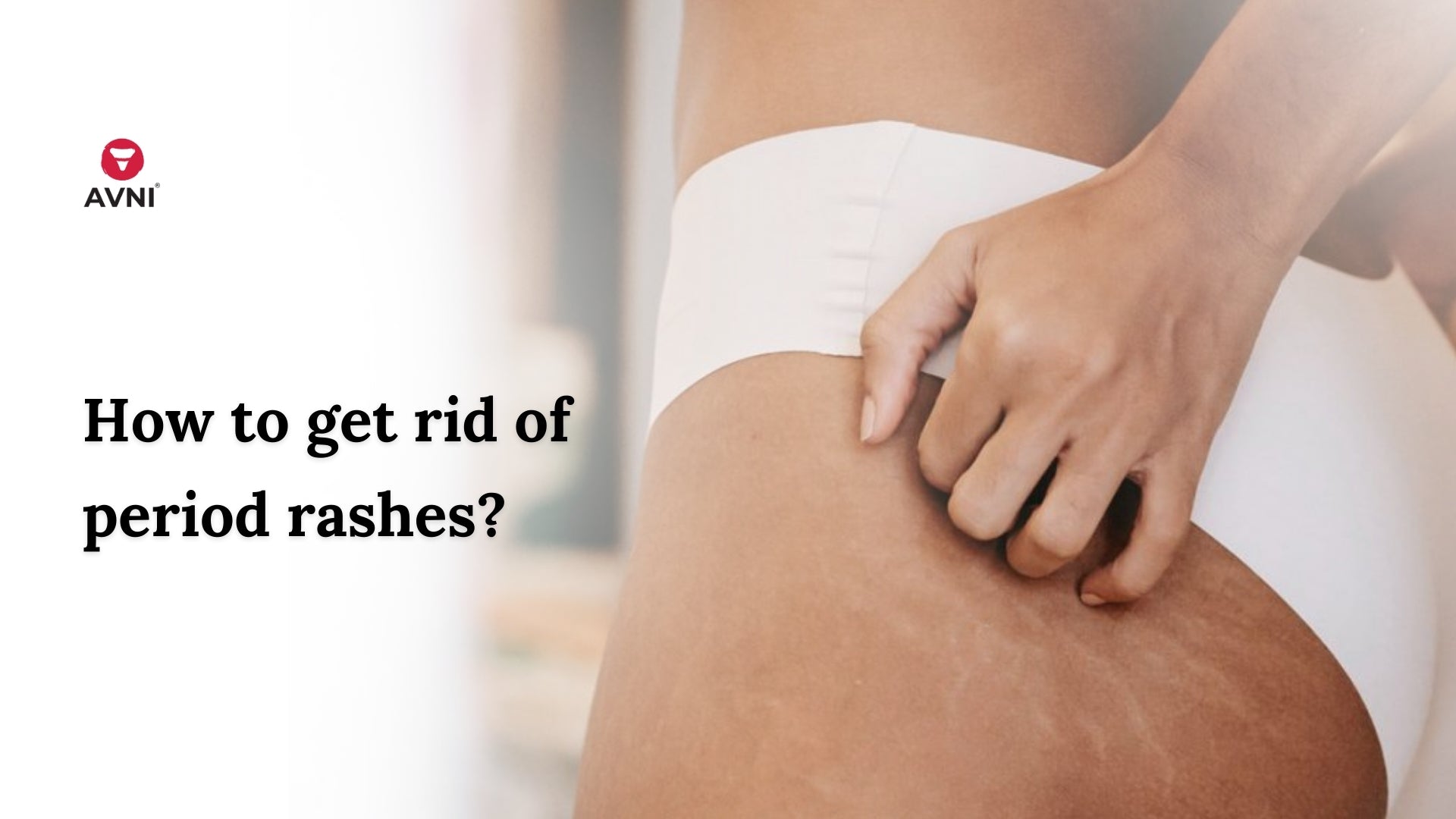Understanding Ovulation: The Cycle, Symptoms and Tracking
Ovulation is the phase of the menstrual cycle when an ovary releases an egg. The egg or ovum travels down the fallopian tube and stays for approximately 24 hours to be fertilized by the sperm.
If fertilized, the egg enters the uterus, attaches itself to the uterine lining and develops into pregnancy. On the flip side, if the egg remains unfertilized, it breaks and goes out of the body along with the uterine lining during periods.
The ovulation phase starts nearly two weeks prior to your next period cycle. Tracking your ovulation can be very useful because it is when the conception is most likely to happen. It is important to note that ovulation differs from fertility. Ovulation is the phase when fertility (egg fertilized by sperm) can occur, under the right circumstances.
Ovulation and hormones released during the menstrual cycle are controlled by a part of the brain called hypothalamus. Hypothalamus communicates with the anterior lobe and pituitary gland for the release of FSH (follicle stimulating hormone) and LH (luteinizing hormone).
Ovulation occurs mid-way your monthly cycle, accompanied by symptoms like change in cervical mucus and body temperature, breast tenderness, among other signs. Keeping track of your menstrual cycle and ovulation period helps in managing these signs. For people expecting to conceive, closely watch over your ovulation phase.

Understanding ovulation in and out and knowing the how, when and what is crucial in preventing or conceiving pregnancy. Let's get started and know it all.
Ovulation and fertile window
The release of an egg is followed by a series of hormonal events, starting with a surge in estrogen levels. The peak in estrogen further triggers rise of LH (luteinizing hormone) resulting in the onset of ovulation.
It takes upto 24-48 hours for the dominant ovary to release the egg. This is also the very moment when a menstruator can become pregnant or not. The days following the ovulation is considered to be the most fertile window and ideal for conception. Depending upon the choice, the person can decide to have or avoid sex.
The viability of the released egg is only 1 day while a sperm is viable for upto 3 days. At this point, conception is purely dependent on the availability of sperm that must be present a few days before or during ovulation.
How to track the ovulation phase?
Ovulation calendar is one way of keeping track of ovulation. Another way of predecting when you are going to ovulate is by following these simple steps:
Step 1: Calculate the length of your period cycle which starts with the first day of periods to the first day of the next period cycle. An average cycle is approximately 24-38 days long. For instance- the menstrual cycle is 28 days long.
Step 2: Subtract 17 days from the calculated cycle i.e. 28 minus 17 equals 11 days.
Step 3: Using a calendar, mark the beginning of your menstrual cycle. The number that you have calculated from step 2 gives the start of ovulation phase after the next period cycle.
Meaning that if your cycle is 28 days long, the ovulation is likely to occur from the 11th day after your next period cycle. The ovulation phase lasts for nearly 10-16 days. Some menstruators can predict their peak fertility period using ovulation calendar and tracking their menstrual cycle.
Besides the ovulation calendar, people also use ovulation predictor kits to track their fertility window. These kits are available over the counter and detect the rise of luteinizing hormone in urine that usually occurs before ovulation.
Signs of Ovulation
One of the most significant signs of ovulation is vaginal discharge that appears clear and stretchy, and looks like raw egg white. A menstruator's body also shows other signs of ovulation such as:
- Rise in body temperature
- Breast tenderness
- Light bleeding or spotting
- Increased sex drive
- Abdominal pain (often localised to one side of abdomen)

Menstruation discomfort is common and as is ovulation pain. Some people experience sharp pang or ache in their abdomen. This condition is referred to as mittelschmerz pain that lasts for a few hours to days.
Unlike regular cramps, this pain happens on either of the abdomen, more specifically the side of the ovary that released the egg. For example- if the right ovary is the dominant one in egg release, the menstruator experiences pain on the right side of the abdomen and vice versa.
Phases of Menstrual Cycle
Menstruation as a process occurs under four phases that functions throughout the cycle length. All the phases are interconnected with hormonal activity and interplay of glands. It is important to note that ovulation is a part of menstrual cycle. The four phases are:
- Menstrual phase: the first day of your period marks the beginning of menstrual phase. It involves the shedding of uterine lining and lasts for 3-7 days. Decresed level of oestrogen and progesterone hormones leads to periods, with no sign of pregnancy.
- Follicular phase: this phase also begins on the first day of periods and lasts for nearly 10-17 days. Once the body starts menstruating, hypothalamus sends signals that triggers the release of FSH. At this ame, the ovaries produces follicles that contains immature ovum. Do you know that the follicles race inside the ovary to reach maturity. The matured egg triggers rise of oestrogen hormone, thickening of uterine lining and increased libido. Follicular phase gives the body preparedness that it needs during ovulation.
- Ovulation phase: At this stage, the egg is released from an ovary for fertilisation. Rise of hormones triggers the activity. The follicle releases the egg into the peritoneal cavity and fallopian tube. Absence of sperm allows the ovum to move towards the uterus.
- Luteal phase: During this phase, the body releases luteinizing hormone. A fertilised egg implants itself to uterine lining whereas an unfertilized egg disintegrates and sheds out. This is the period when menstruation starts.

How does your lifestyle and health conditions affect ovulation?
It is a known fact that a healthy lifestyle is key to regular menstruation and fit vaginal health. Stress and obesity cause serious harm to the menstrual cycle. They affect hormonal balancing and cause irregular ovulation. Try to keep your body weight around average and include relaxation time in schedule to reduce stress.
Exercises and proper diet play a good role in having regular ovulation. If you are one exercise pro and like to hit the gym more often, try relaxing down a bit. Excessive workout prevents ovulation. On the diet front, make sure you eat proper and regular food, because changing food habits also affect the occurrence of ovulation.
Menstruators who have medical conditions like PCOS, thyroid disorder or any other hormonal illness may also encounter irregularities in ovulation. These conditions also cause symptoms like infertility, hair growth, acne, other than hormonal imbalance.
Reach out for medical assistance
Talk to your doctor and discuss medical measures. Today, reproductive technology is helping patients like never before. Tablets and injections are used to trigger hormones and induce ovulation.
If you are planning to conceive, your doctor may advise you to track your period cycle, ovulation and suggest the right time of intercourse for better results.
If you want to prevent pregnancy during ovulation, seek advice for the right kind of contraception for you. Although every bit of information is available just click away, it's never a no to go to your doctor for better reproductive advice.



Leave a comment
This site is protected by hCaptcha and the hCaptcha Privacy Policy and Terms of Service apply.